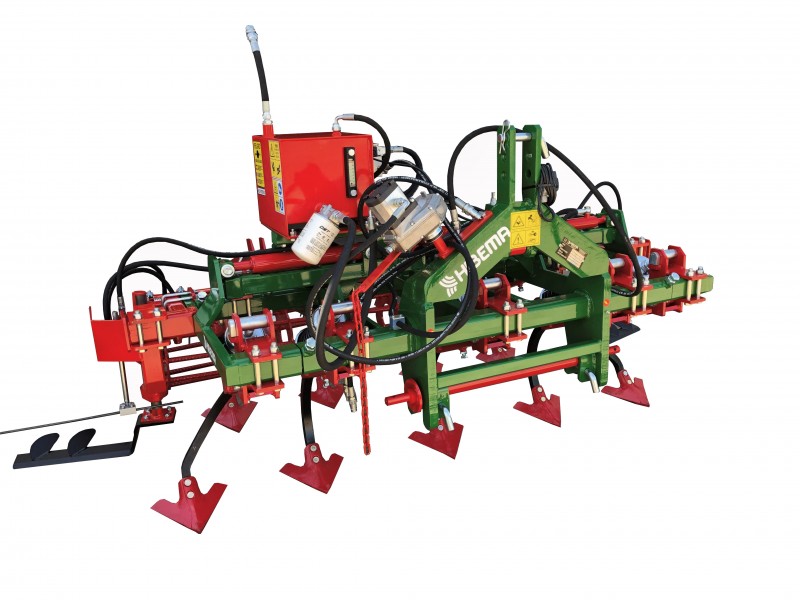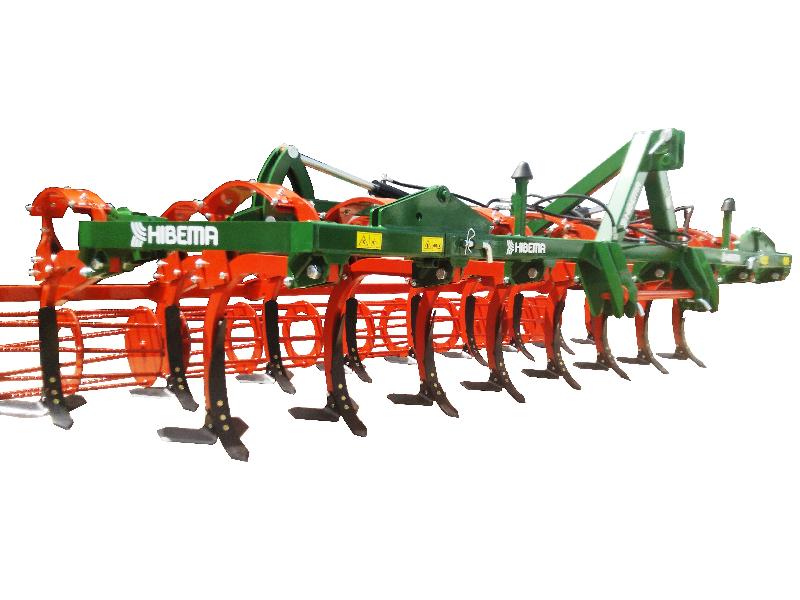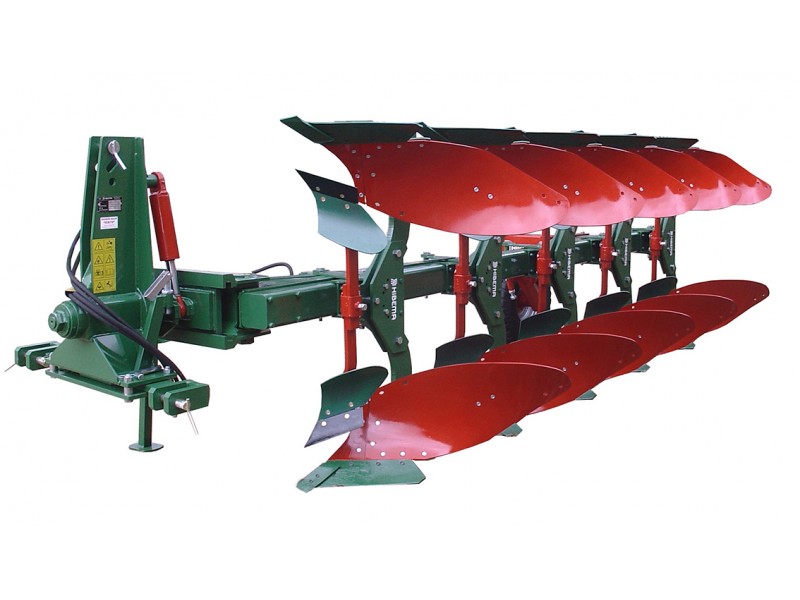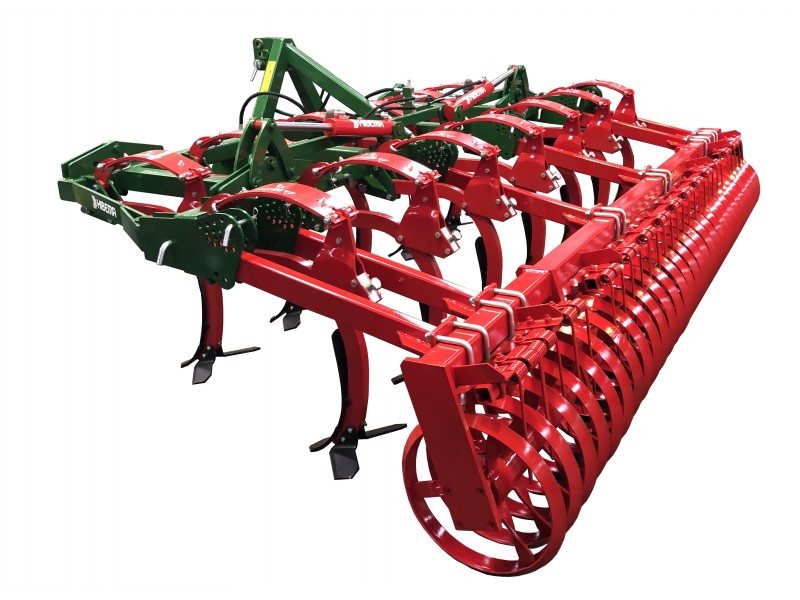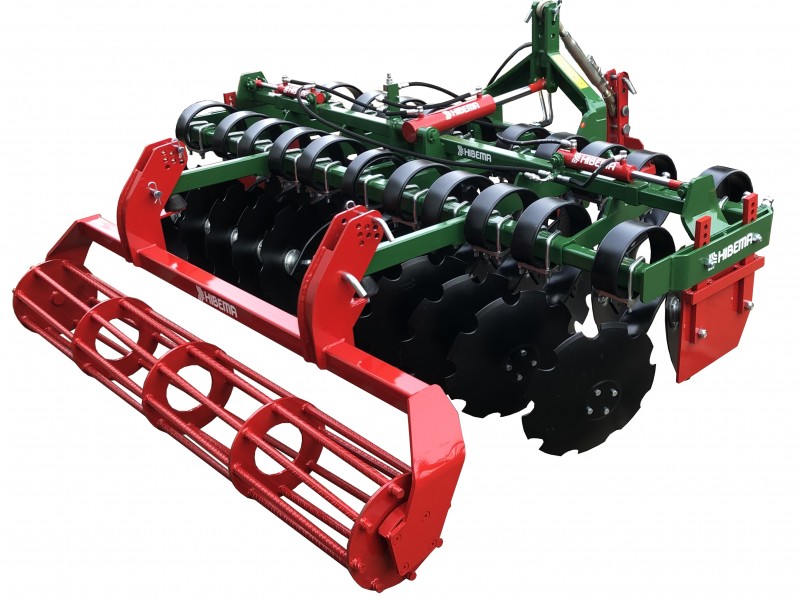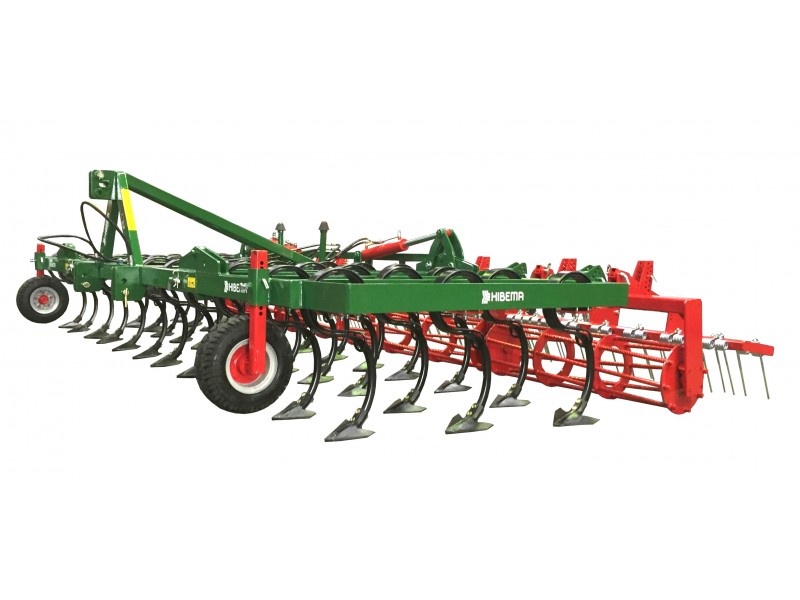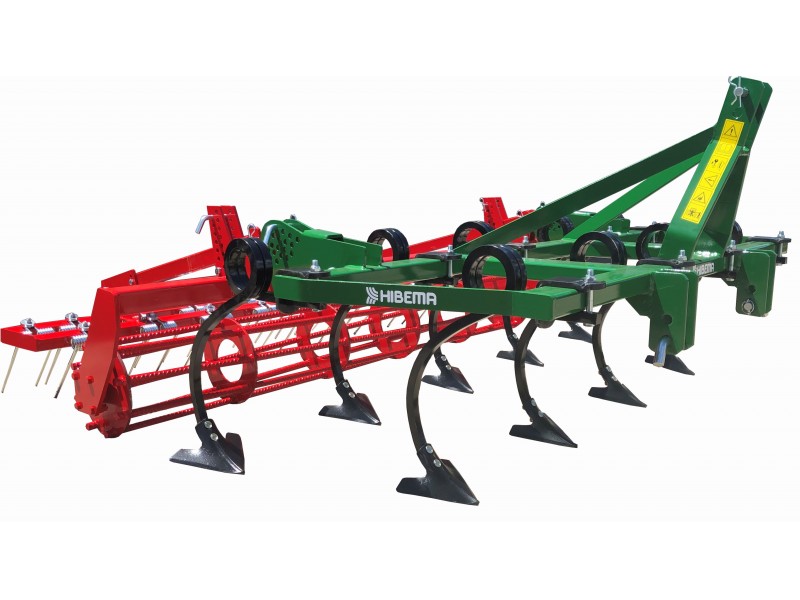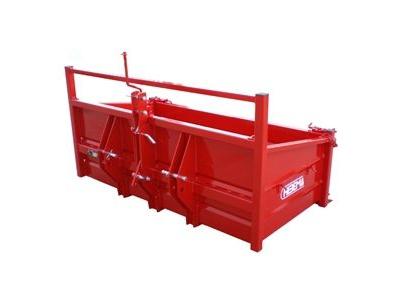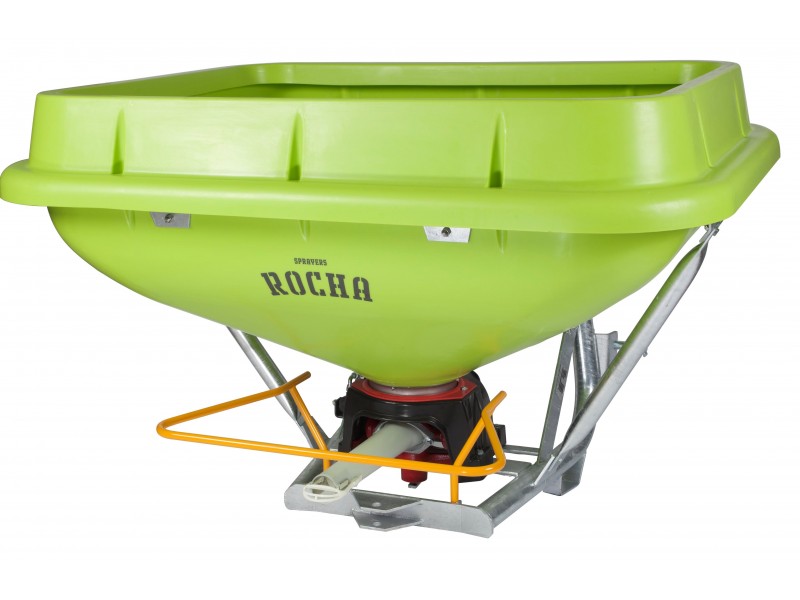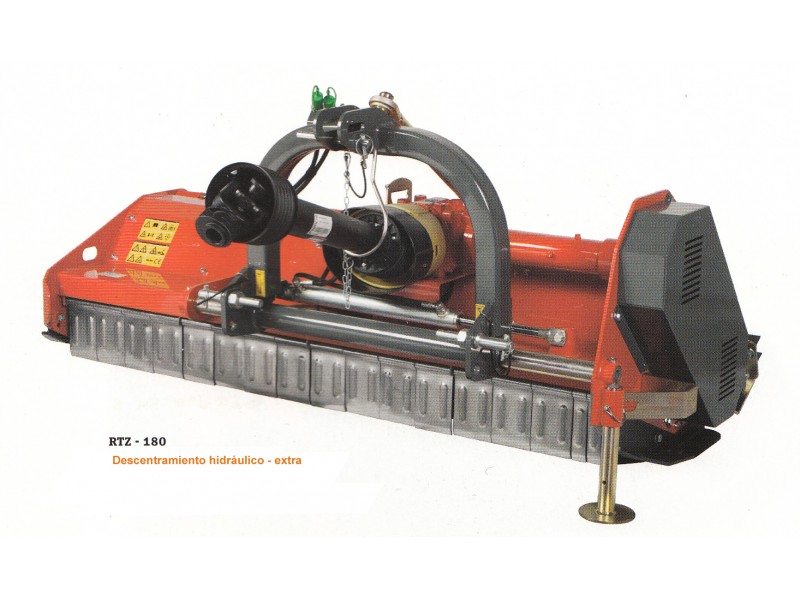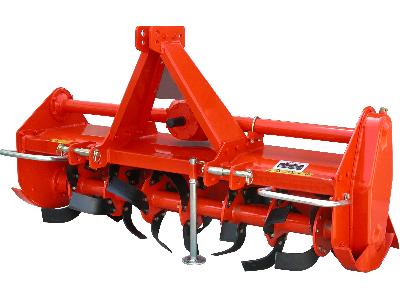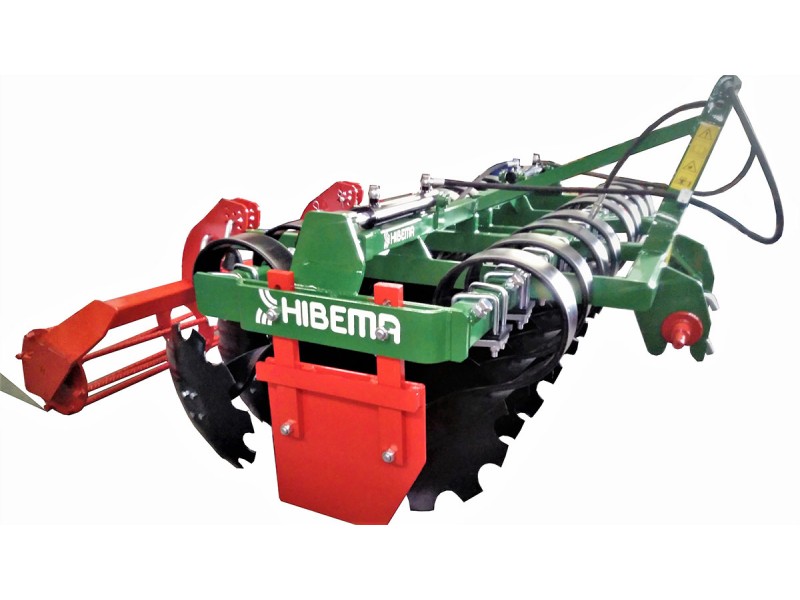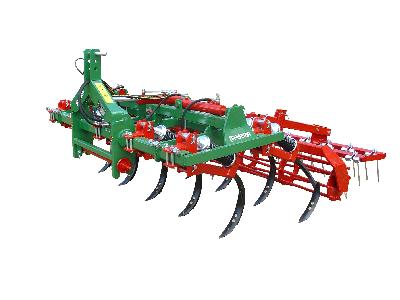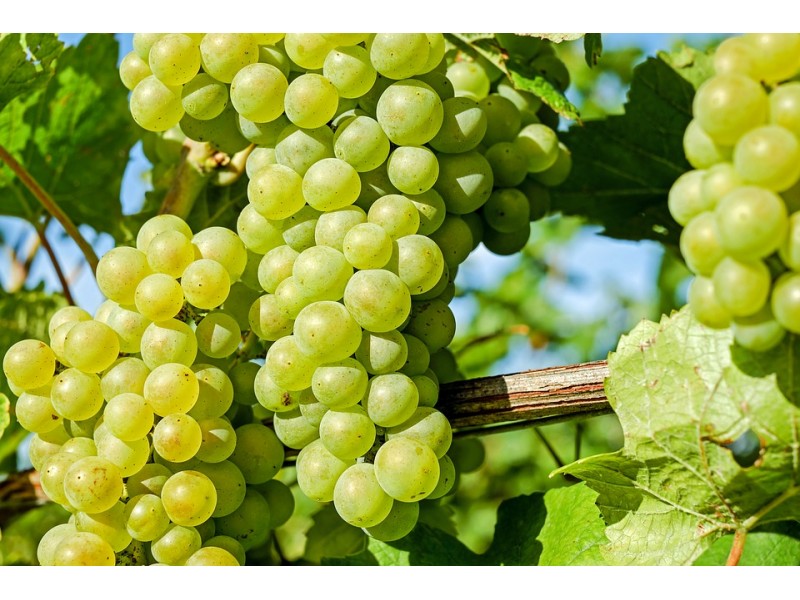It is essential to know the different types of grapes to understand the different types of wine. The best known are the French varieties, which are grown in our country with excellent results as shown year after year in the quality of our wines. Each grape variety defines certain characteristics in the different wines made, whether it is a variety (monovarietal) or more than one (coupage) that make up the final result of aroma, body and color.
Some grape varieties allow the production of wines without mixing, the monovarietals, wines that are themselves of a high quality and that have their own personality. Others, however, are better after different grapes have been mixed. The result obtained in the coupage improves the qualities of each of the types of wine separately. The different grape varieties are combined in variable proportions to achieve the balance of the resulting broth. The coupage also achieves other qualities such as the ability to age well in the barrels or reduce the perception of a less palatable aroma.
But in addition to the grape varieties, the quality of the wines depends to a great extent on the ability of the winemaker to decide crucial moments such as the planting of the varieties, the collection and transport of the fruit or the different racking. He is also responsible for mixing the different grapes to achieve the desired types of wine, experimenting with different blends, in different proportions and making combinations until reaching the desired wine. We can say that a good harmony between the viticulturist and the oenologist is essential for a winery to function satisfactorily.
That is why it is not surprising that oenological learning has more and more fans. It is a challenge to be able to identify, through color and flavor, the nobility and intensity of a given wine and to know if its composition is due to one or more grape varieties. And it is something that more and more people are fascinated by. The more we know about a wine, the more we enjoy it and it allows us to be able to appreciate all the nuances it presents.
The grape varieties at ESENCIA WINES
At Esencia Wines we have different varieties of cultivated grapes that allow us to produce various types of high quality Jumilla wine, both white and red. For the reds we grow Monastrell, Cabernet Sauvignon, Syrah and Garnacha and for the white wine Macabeo and Sauvignon-blanc.
MONASTRELL
It is a typical grape from Murcia, Catalonia and the southern part of Valencia, although it is grown in much of the country. That is why it is considered the queen grape in the wine of Jumilla. It is a small / medium-sized grape, with an intense bluish-black color. It produces very sweet musts, with color and low acidity. It gives rise to a red wine high in alcohol content, meaty and with a lot of structure, which were traditionally used for lower quality wines, but which thanks to the DO Vino de Jumilla has increased its prestige. Its collection must be with late maturation. This variety is known in France by the name of mourvèdre.
CABERNET SAUVIGNON
It is the most widespread French grape variety throughout the world and the one used in the best reds, both national and international, easily adapting to all kinds of climates. The fruit is small with a very dark color, with a lot of bloom. It grows easily in any climate, especially warm ones, and can be aged in barrels with excellent results, which makes it very suitable for different coupage wines. It produces broth with many tannins and, in case of reaching maturity, a very determined color. Currently, together with Syrah and Pinot Noir, it forms the set of varieties most in demand in the wine world.
SYRAH
Of Jordanian Palestinian origin, until a few decades ago it was only used in France and Australia. It was introduced in Spain relatively recently, in 1982, and the first single varietal Syrah wines were produced in Jumilla and Alicante. Jumilla wine was perfectly acclimatised to the denomination of origin and today many of these wines carry part of Syrah. It is a small / medium-sized grape, with an intense bluish-black color and abundant bloom. It produces very bright musts with a dark red color and a mild flavor. The wines are of high alcohol content and abundance of tannins, slightly acidic and of good quality. They are highly colored, intense and aromatic wines that are highly appreciated all over the world. They have a slight hint of ripe fruit and the color is reminiscent of violets, gooseberries, and blackberries. In the coupage it combines very well with Monastrell, Garnacha and Cariñena.
GARNACHA
Garnacha Tinta is one of the most widely cultivated varieties worldwide and in Spanish viticulture it is probably the most widely planted, due to its vigorous vines and very good production. The fruit is dark purple-red in color, although its color varies with the production, the climate and the type of soil. It produces wines with a beautiful purple-red color, high alcohol content and moderate acidity, and it is also widely used as a base for highly aromatic rosé wines that age very quickly. They are round and friendly wines, with great aromatic intensity.
MACABEUS
It is a medium-large grape with little bloom. The Macabeo variety produces fruity wines with floral aromas, light and balanced in acidity (which decreases in warmer areas) and sugar. In addition, it is a very versatile variety that adapts to growing conditions to produce different types of whites. It is very suitable for traditional fermentation in barrels.
SAUVIGNON-BLANC
They are grapes of small size and green color. Results in sour musts with green fruit flavors. This variety produces very balanced whites, with aromas of grass and green leaves.






